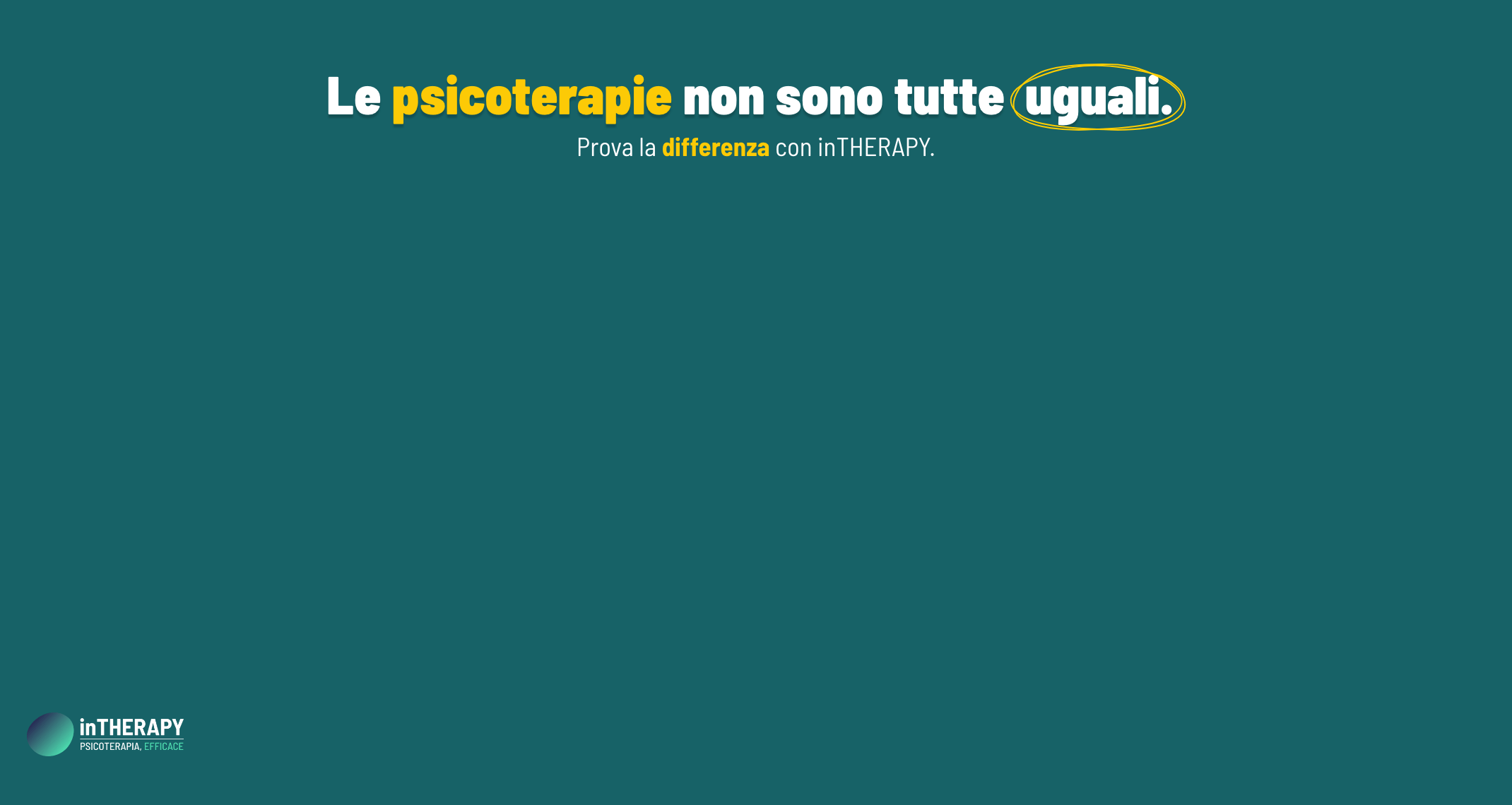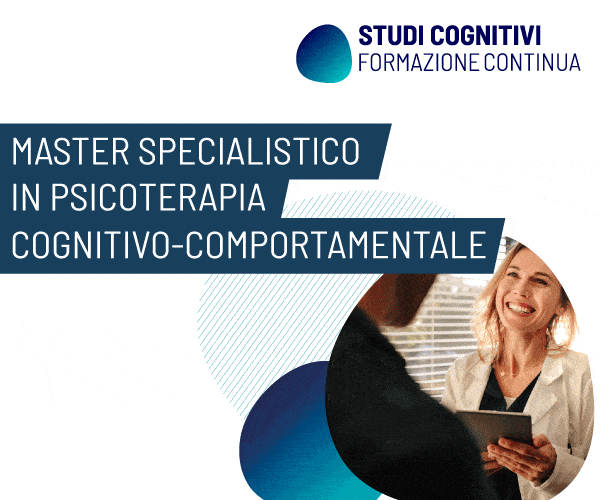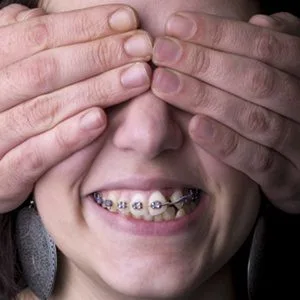Carmela Mento, Ph.D.
Assistant Professor of Clinical Psychology
The Impact of Dental aesthetics among adolescents
Settineri S., Mento C., Rizzo A.
(University of Messina)
 The relationship between global self-esteem and dental self-confidence suggests the need to draw attention to psychological aspects involved in the treatment in order to promote not only the dental health, but also the psychological well-being.
The relationship between global self-esteem and dental self-confidence suggests the need to draw attention to psychological aspects involved in the treatment in order to promote not only the dental health, but also the psychological well-being.
Background
The concern for some imaginary defect in the physical appearance, more often referred to the face, in a person with normal appearance is called, according to the DSM-IV, Body Dysmorphic Disorder (BDD). It occurs between adolescence and early adulthood, and about 2% of these patients resort to visits dermatology, plastic and dental interventions in a continuous, excessive and ineffective way to satisfy them both physically and psychologically.
During the adolescence, a delicate and transitional stage of physical and psychological development to new environmental and psychological structures, some elements of appearance and, more specifically, dental aesthetics have great importance for the adolescent’s self-image and self-esteem (de Paula et al., 2009).
Furthermore, malocclusion significantly affects the appearance of the smile, which is a part of notable facial attractiveness and an effective way of expressing emotions.
Therefore, the aesthetic impact of malocclusion may have a more or less significant consequence on the adolescent’s quality of life, can impair social interaction, interpersonal relationships, and psychological well-being; until producing feelings of inferiority (Broder et al., 2000).
Our study, recently published in the Indian Journal of Research [Paripex article], Settineri S., Mento C., Rizzo A., Liotta M., Militi A., Terranova A. (2013). Dysmorphic level and impact of Dental Aestetics among adolescents. Indian Journal of research, 1; 2(7), aimed to verify the relationship between the dysmorphic level and the psychosocial impact of dental aesthetics among adolescents undergoing orthodontic treatment.
Main Results
〉 Quality of Body Image. Patients suffering of BDD tend more easily both to require orthodontic treatments and to be dissatisfied about their most recent treatment (De Jongh et al.,2009; Crerand et al., 2006). Adolescents in our sample showed a dysmorphic level from mild to moderate, except for 8% of the cases to which could be diagnosed as a BDD: 32% of subjects identifies their physical defect in the braces, mouth and/or teeth. Generally in adolescents the most common areas of concern are skin, hair, stomach, weight, and at least teeth (Phillips, 2006). Orthodontists should be alert for patients extremely concerned about insignificant or negligible dental flaws or defects, reporting multiple requests for orthodontic treatment or seeking evaluations with several professionals (Hepburn, S., & Cunningham, 2006).
〉 Self esteem. Malocclusion and aestetics concerns affect self esteem. In our sample its level is at the lower limits of normal and 18% of subjects showed even lower than normal level of self-esteem. Most of them are females and this data confirms a well-established knowledge in the literature: girls have lower levels of self-esteem than boys (Kling, 1999).
〉 Self perception of malocclusion. Dentists and patients could differ in the evaluation of the gravity of malocclusion. Several studies compared the self perception with the objective judjement established by professional. Most (Danaei & Salehi, 2010; Badran, 2010; Kerosuo et al., 2004; Grzywacz, 2003; Fox et al., 2000; Birkeland et al.,1996) showed significant agreement (between 77% and 85%) for what concern dental aesthetic and a less agreement (usually little more than 50%) for what concern dental health component. It’s an interesting fact that, in our study, there was no relationship between the subjective judgment of the patient on its degree of malocclusion and the evaluation of the dentist.
〉 Personal experience of dental aestethics. Younger patients, who wear the braces from less time, emerged as more concerned and with higher levels of psychological and social impact linked to dental aesthetics. This is an aspect that should be considered during the treatment in order to early detect signs of discomfort in adolescent’s quality of life and well-being.
In conclusion, from the psychological point of view, it is possible that self-esteem is a protective factor in the development of body image disorders, being strongly linked not only with each other but also to higher levels of obsessive-compulsive, depressive and somatization tendencies (Biby, 1998). Moreover, from the dental point of view, the relationship between global self-esteem and dental self-confidence suggests the need to draw attention to psychological aspects involved in the treatment in order to promote not only the dental health, but also the psychological well-being.
The Research Project
This study is part of a broader line of research that originates from the collaboration between two disciplines: Dentistry and Psychology. Since 2005, several studies have been carried out by the Chair of Clinical Psychology and the Chai of Dentistry, at the University of Messina, which have focused on different aspects of dental and mental health such as: gender differences in dental anxiety (Settineri et al., 2005), self reported halitosis (Settineri et al. 2010), dental anxiety and psychopathologies (Settineri et al., 2013).
SEE THE ENGLISH ARTICLES ARCHIVE
REFERENCES:
- Biby, E. L. (1998). The relationship between body dysmorphic disorder and depression, self-esteem, somatization, and obsessive–compulsive disorder. Journal of Clinical Psychology, 54(4), 489-499.
- Broder H.L., Slade G., Caine R., Reisine S. Perceived impact of oral health conditions among minority adolescents. Journal of Public Health Dentistry. Vol. 60, pp.189–192.
- de Paula, Júnior D.F., Santos N., da Silva E., Nunes M.F., and Leles C. R. (2009). Psychosocial Impact of Dental Esthetics on Quality of Life in Adolescents. The Angle Orthodontist. Vol. 79, No. 6, pp. 1188-1193.
- Hepburn S., Cunningham S., (2006). Body dysmorphic disorder in adult orthodontic patients. American Journal of Orthodontics & Dentofacial Orthopedics. Volume 130, Issue 5, Pages 569-574.
- Juggins K.J., Feinmann C., Shute J., Cunningham S.J., (2006). Psychological support for orthognathic patients – what do orthodontists want?. Journal of Orthodontics. Vol. 33, pp. 107–115.
- Klages U., Claus N., Wehrbein H. and Zentner A. (2006). Development of a questionnaire for assessment of the psychosocial impact of dental aesthetics in young adults. European Journal of Orthodontics, Vol. 28, Issue 2, pp.103-111.
- Kling, K. C., Hyde, J. S., Showers, C. J., & Buswell, B. N. (1999). Gender differences in self-esteem: a meta-analysis. Psychological bulletin,125(4), 470.
- Phillips K.A., Didie E.R., Menard W., Pagano M., Fay C., Weisberg R. (2006).Clinical features of body dysmorphic disorder in adolescents and adults. Psychiatry Research, vol. 141 (3), pp. 305–314.
- Settineri, S., Tatì, F., & Fanara, G. (2005). Gender differences in dental anxiety: is the chair position important. J Contemp Dent Pract, 6(1), 115-22.
- Settineri, S., Mento, C., Gugliotta, S. C., Saitta, A., Terranova, A., Trimarchi, G., Mallamace, D. (2010). Self-reported halitosis and emotional state: impact on oral conditions and treatments. Health Qual Life Outcomes, 8, 34.
- Settineri, S., Mallamace, D., Muscatello, M. R. A., Zoccali, R., & Mento, C. (2013). Dental anxiety, psychiatry and dental treatment: How are they linked?. Open Journal of Psychiatry, 3, 168-172.
- Settineri S., Mento C., Rizzo A., Liotta M., Militi A., Terranova A. (2013). Dysmorphic level and impact of Dental Aestetics among adolescents. Indian Journal of research, 1; 2(7).







